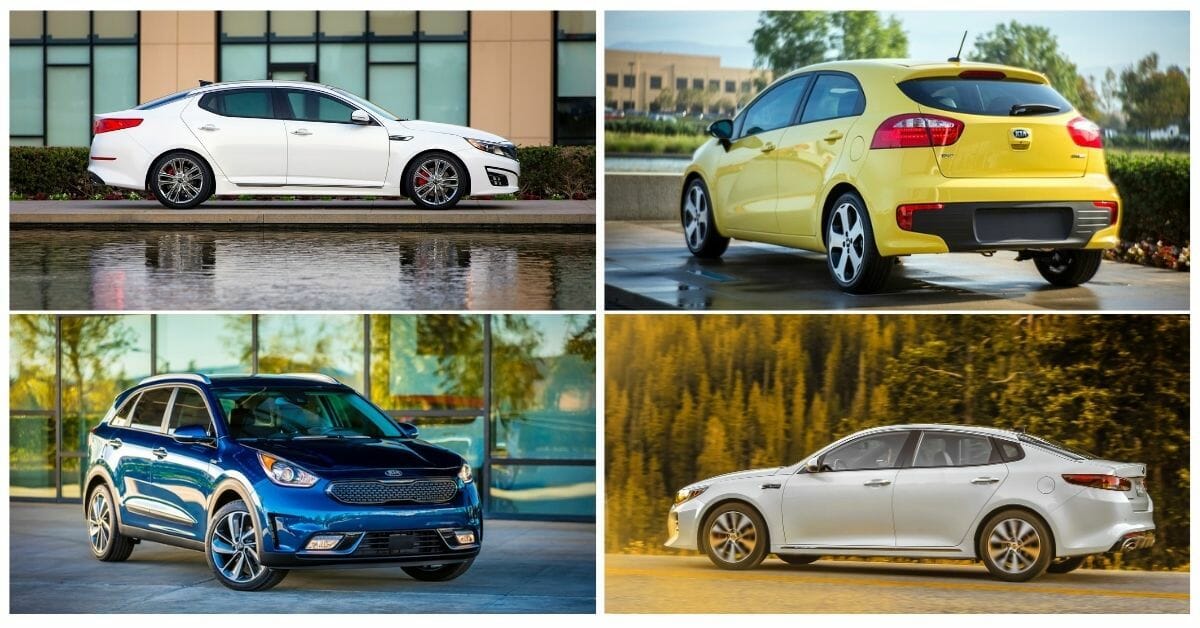
Despite a rough start & some recalls, Kia has become a reliable brand that continues to seamlessly meld form, functionality & reliability in sporty, well-made vehicles.
Since it was founded in 1944, South Korean carmaker Kia has struggled through some difficult times that would make even the strongest optimist a bit leery of Kia’s initial career path. South Korea’s second largest auto manufacturer had some of its darkest days when its first designs came to light. If you’e ever laid eyes on a 2001 Kia Rio, you’ll understand why its sometimes referred to as “egg-shaped.” There wouldn’t be a lot of redemption in this story, though, if Kia continued to only make egg-shaped cars. Thankfully, the company didn’t. By 2006, the 2006 Kia Rio (pictured below) had a little more personality, and Kia was on its way to producing some good-looking and better-performing cars. Though, it’d be a bit of a tough road for Kia to reach the status that it has achieved today.
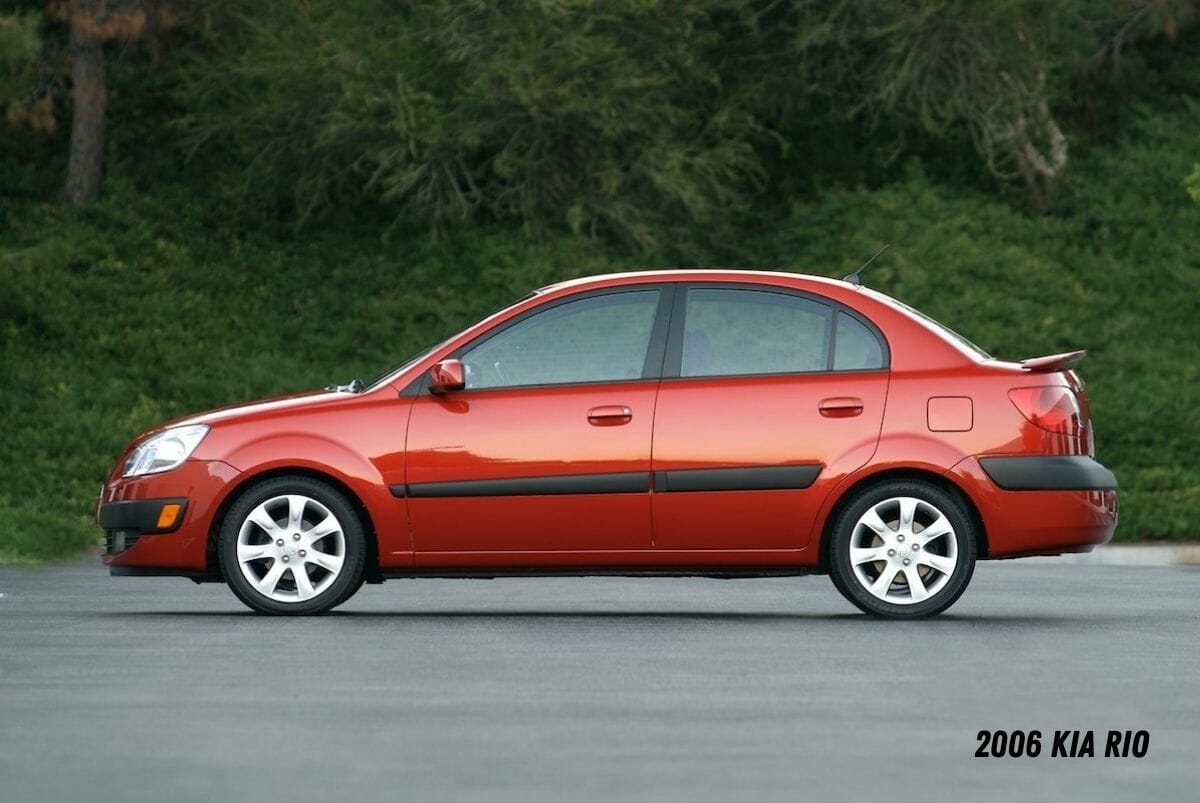
In 2001, Kia didn’t have as vast of a line of vehicles as it does today. There was only a small list of lower-priced A-to-B machines that included the Kia Optima, Rio, Spectra (four- and five-door variants), and the Kia Sportage. According to Kia Motors, in January 2001, the automaker sold a total of 12,513 vehicles –– a 69% difference over current-day sales in January 2020, when Kia sold 40,355 vehicles. So, what is it that makes Kia, arguably, 70% better in 2020 than when it started in 1944? The simplest answer is: Kia decided to keep up with the times and continue to innovate.
Kia Revamps its Design Strategy in 2006
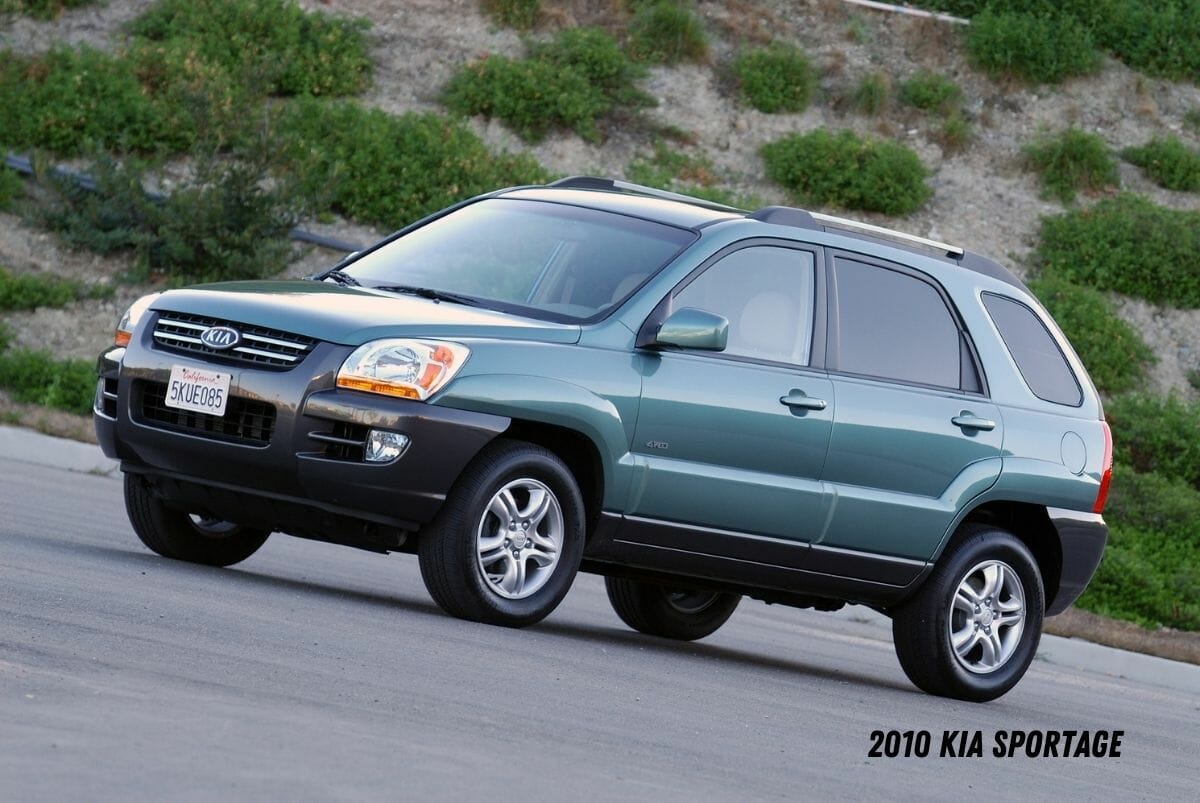
In 2005, the Korean car giant began to focus on its future strategy. Remember that egg? The plan was to get away from cars like that. Cars that were uninspired. The tide began to turn with the introduction of long-time Audi/Volkswagen German designer Peter Schreyer in 2006. Everything that Schreyer’s hand touched turned to the equivalent of automotive design gold. He methodically took over the design department at Kia and is responsible for a myriad of incredible design styles and even received an honorary doctorate from London’s Royal College of Art. He is currently president and chief design officer of Hyundai Motor Group.
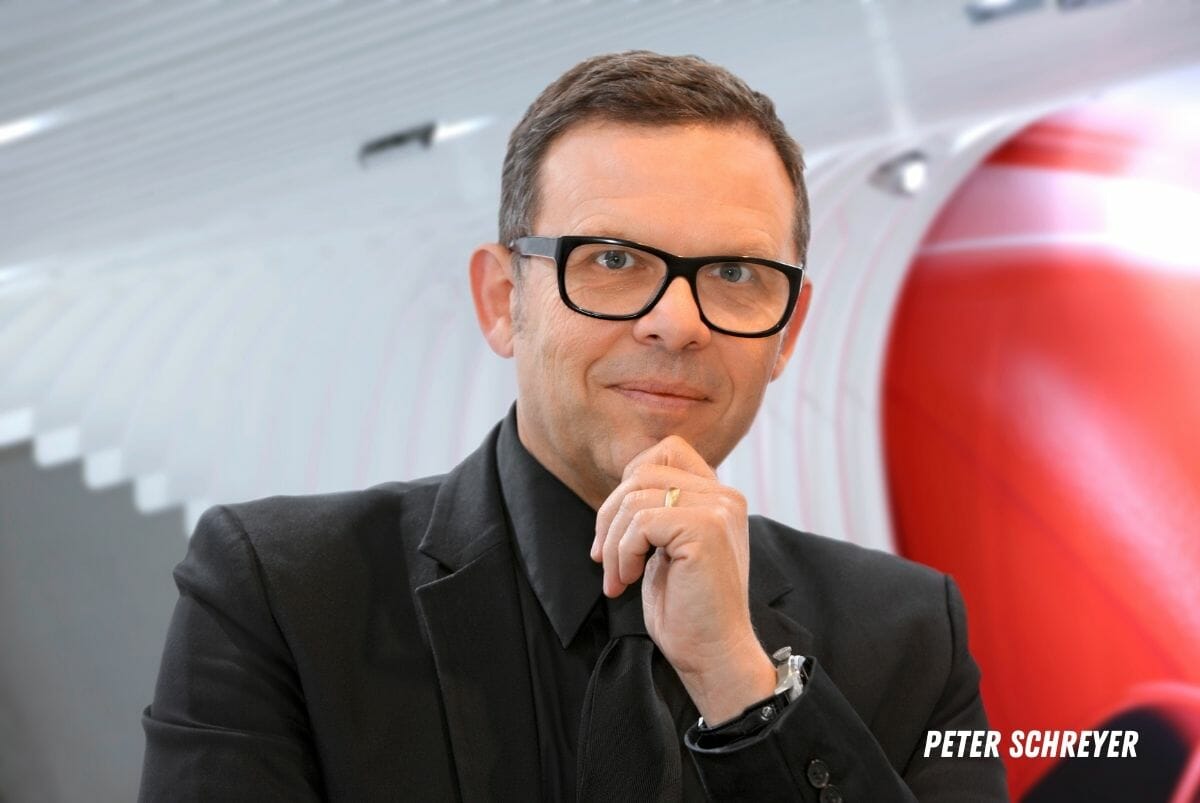
One of the bold styles Schreyer is responsible for is the notable “tiger nose” which is an intelligent and purposed design that has worked its way into the marrow of Kia’s bones. In a 2009 interview, Schreyer described a 3D idyllic expression of what a tiger can be: “powerful, yet kind of friendly.” In the same interview, Schreyer went on to say: “The future of Kia products lies in balance, clarity, and purpose. Kia is a brand underpinned by quality and reliability. Now on top of that comes this emotional element of distinctive design.” The idea that Kia had been reliable and quality up until this point in history was not something lost on the famous German designer. Schreyer knew that his automotive designs would complete the brand in a way that had never been done before.
By 2006, Kia was on its way to producing some good-looking & better-performing cars. Though, it’d be a bit of a tough road for Kia to reach the status that it has achieved today.
With its creative design and technical and mechanical innovations locked in step by the mid-2000s, Kia’s reputation for expertly combining sleek, sporty body designs with capable, reliable powertrains started to take shape. The vehicles the car company presented to the world became increasingly less ignorable. Egg shapes turned into defined and intentional lines while the hidden mechanical bits continued to advance. Kia was finally a main contender with the other auto giants around it. The household question soon turned from “Why did you buy a Kia?” to “Why didn’t you consider buying a Kia?”
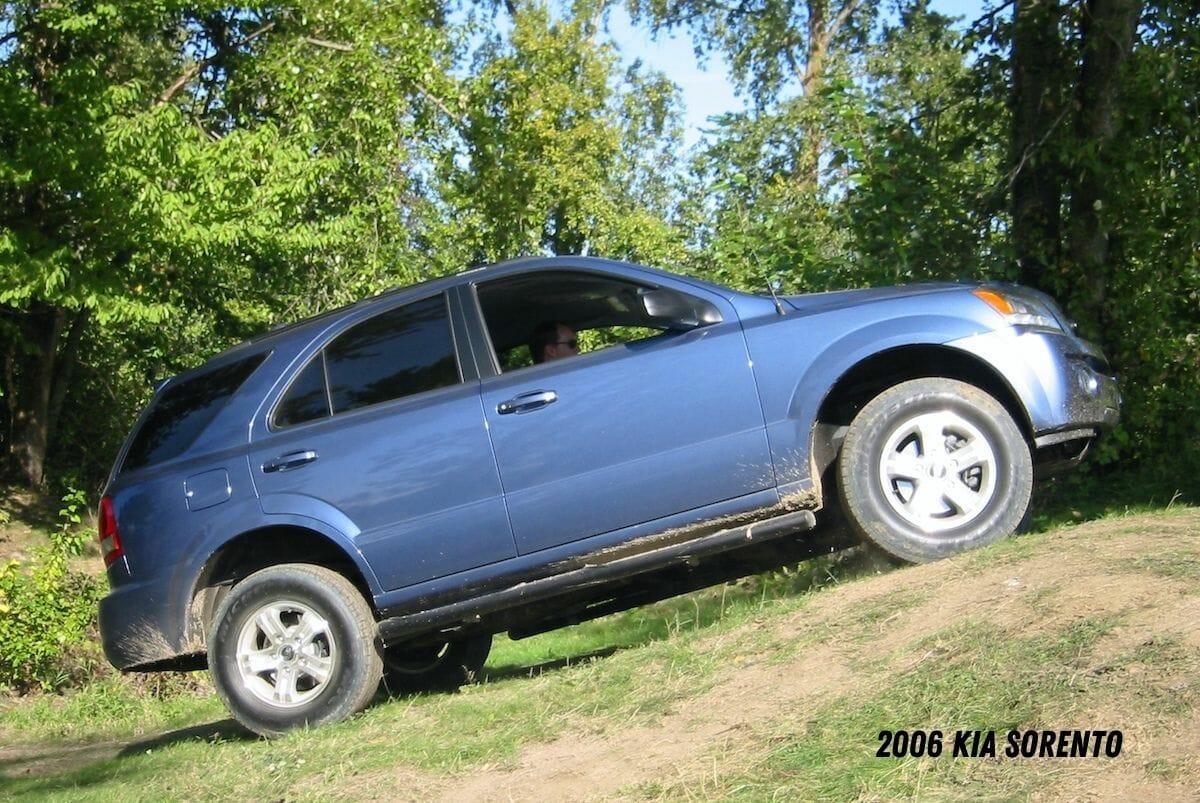
Along with Schreyer’s designs came the need for continued growth in mechanical and functional arenas. Kia needed to figure out how to make its products better in a race to match the quality of design it was receiving from their new head of design. The automaker was also up against the challenge of finding brand ambassadors, or people who swear by Kia because of their own personal experience. Kia needed more of these people, which means that their design, however great it was, needed to have some reliability underneath.
Brand ambassadors are hard to come by when your company spent the first decade making lackluster and poorly manufactured vehicles. There can be a polarity from people’s positions in any situation, with the extremes of opinions swinging like a pendulum back and forth –and vehicle opinions are no exception. Yet, the struggle of the American public to accept Kia was not unfounded.
Kia Recalls: Rio, Sedona & Sorento
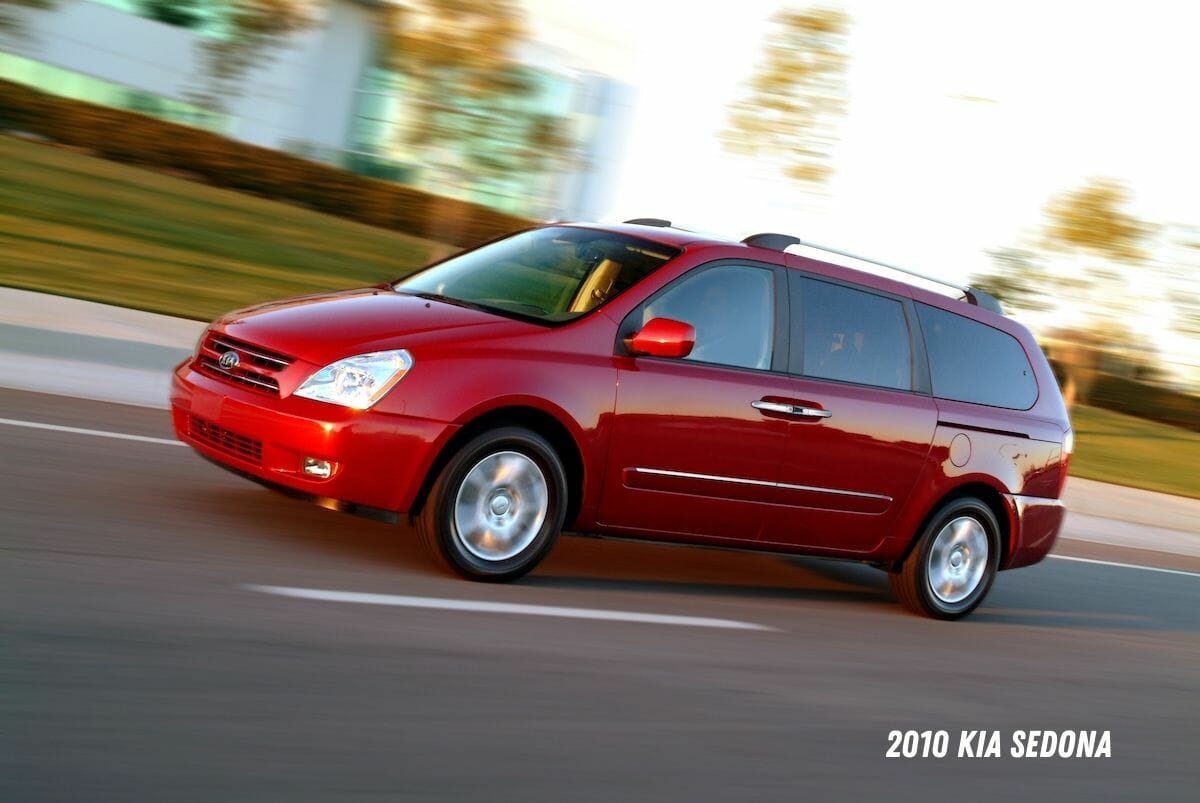
In 2001, the 2001 Kia Rio four-door was reported to have intermittent loss of power to the engine, which would stand to reason that maybe it was sorted in the years to come. You’d be wrong, unfortunately, with the subsequent years having a whole host of issues themselves. Today, it’s still considered a safe A-to-B vehicle that doesn’t do anything spectacularly well. You can read the expert reviews here on Vehicle History, where 2001 Kia Rio owners gave the Rio a 4.3 out of 5 stars. Even by today’s standards, it’s good, but not quite great.
In February of 2020, Kia had to recall over 200,000 2006-2010 Kia Sedonas and 2008-2009 Sorentos. According to Kia, there’s a possibility of water getting into the antilock brake control system, potentially causing a short and ultimately a fire in the engine compartment. With seven fires reported and no injuries at the time of this writing (Jan. 2020) , that doesn’t necessarily bode well for Kia owners. As a matter of fact, the South Korean auto giant has been dealing with engine fire issues for five years, making the hunt for brand ambassadors long and arduous. Kia has also had a 2020 safety recall report involving multiple models, including 2012-2013 Kia Sorentos, 2011–2013 Optima Hybrids, the 2012 Sportage, 2014-2015 Kia Souls, and certain 2012–2015 Forte and Forte Koups, because of the potential for an electrical fire.
With its creative design & mechanical innovations locked in step by the mid-2000s, Kia’s reputation for combining sporty designs with capable powertrains started to take shape.
After a three-year investigation, Kia and its parent company, Hyundai, were required to recall nearly 1 million vehicles and pay $137 million in fines for its delayed response to the complaints. In a vacuum, it seemed that the automaker was in bad shape, and things didn’t look great for the company. But, if you look at any vehicle manufacturer’s history, you will find issues that may read like a deathblow even though that’s not always the case.
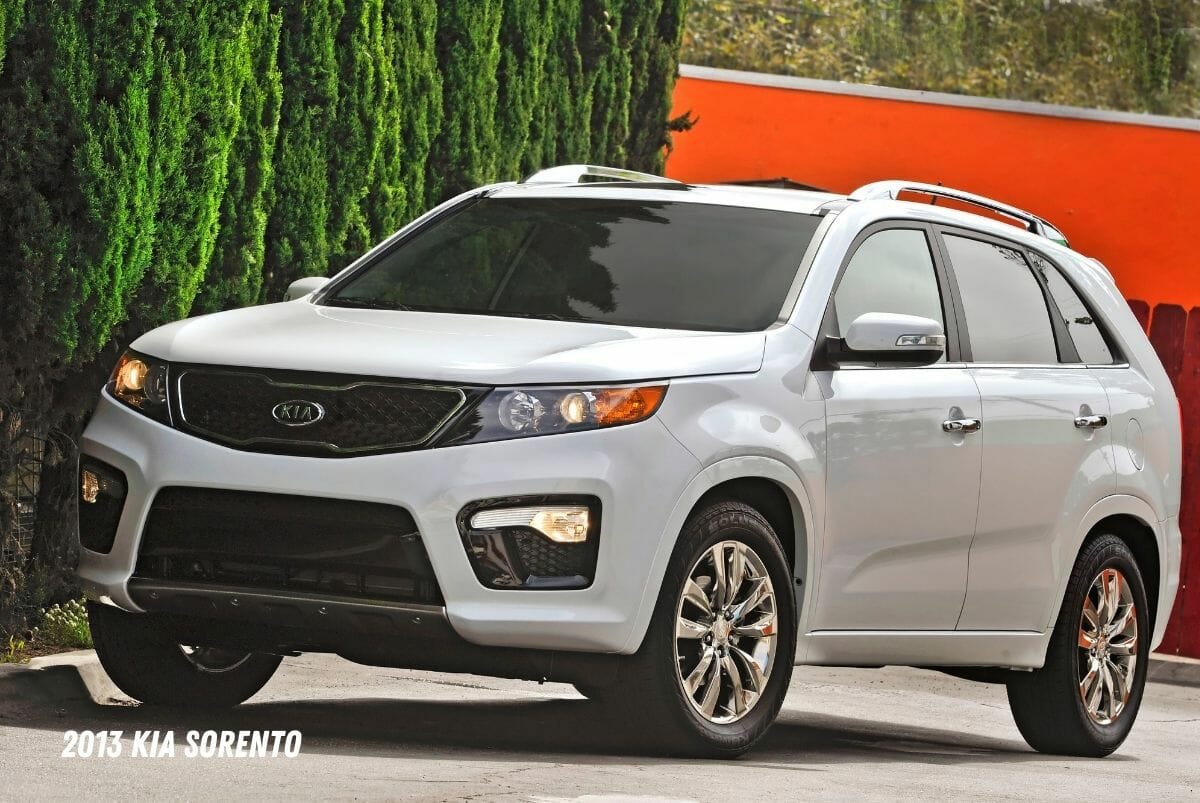
Kia’s troubles from yesterday compared to current recalls make it seem as if things for the company went from bad to worse. But if you compare Kia’s current troubles to a decade or two ago, you’d be hard-pressed to see it as anything but a modern success story. Like looking at a line graph too close, you often miss the full long-term story.
Kia Vehicles: Award Winners & Critics’ Choice
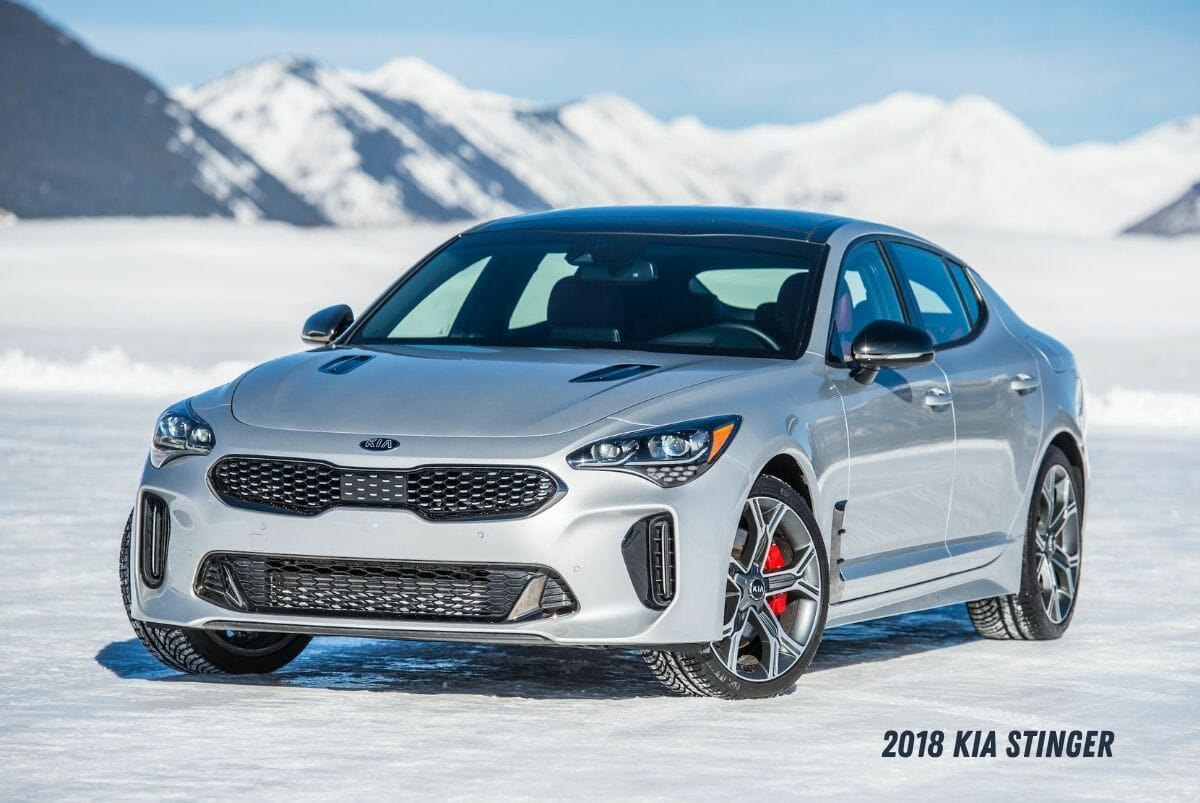
At the 2017 North American International Auto Show, Kia made a big move when the automaker unveiled the sporty Kia Stinger. Although sales were low for the first model year, the number of eyebrows raised was not. The sport sedan-turned-luxury vehicle was new and exciting and offered many features that couldn’t be ignored. The 2018 Kia Stinger even became a style icon of sorts, according to GQ. Both the 2.0L I4 and 3.3L twin-turbo V6 perform well and make it especially fun in RWD.
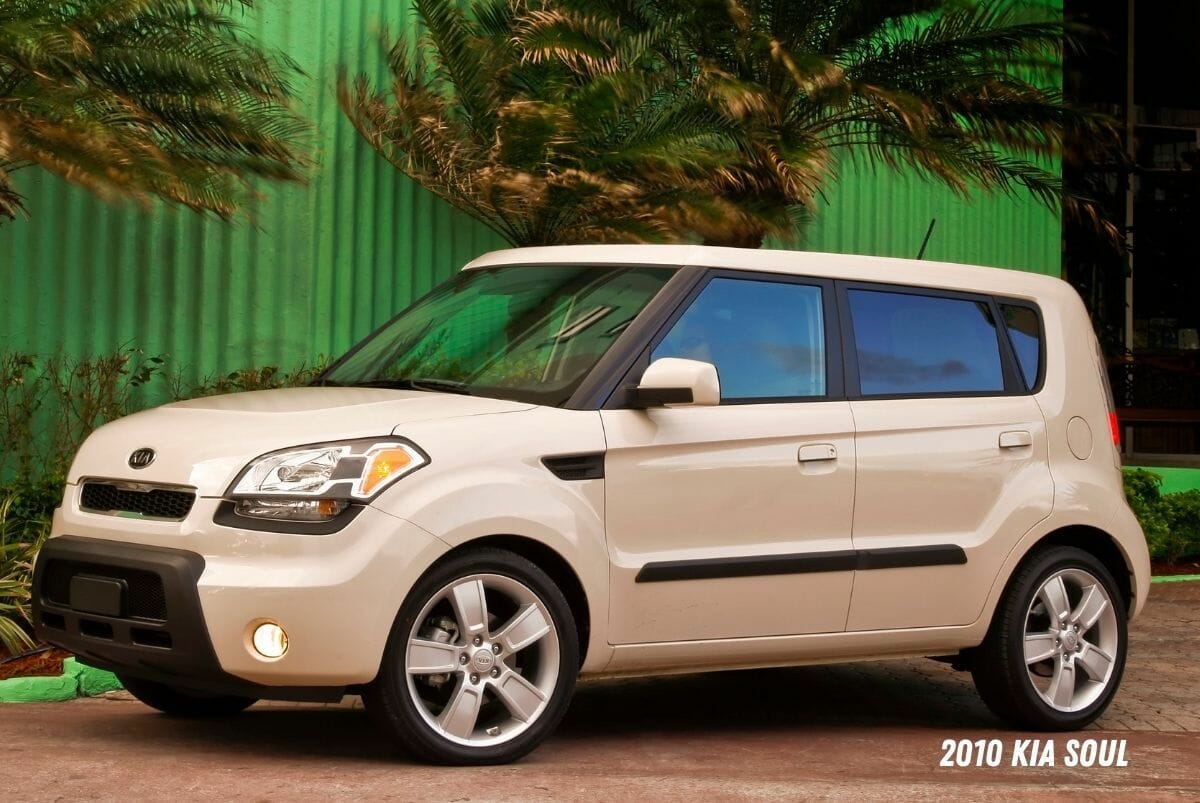
After the first Kia Stinger received overall favorable reviews from respected auto critics (like Kelly Blue Book) and car owners alike–garnering a 4.6 rating (out of 5 stars) in Vehicle History‘s car reviews–Kia saw its sales soar in the next full-model year. More recently, Kia has won countless awards for its vehicles. The Kia Telluride came out in February 2019 and almost immediately took charge in the large SUV market with a 22% growth in sales from 2019 to 2020. The styling and quality led to the vehicle being named “Best New Car” by Auto Trader in early 2020.
Remember the Kia Soul? Well, that CUV is good now & the newer model even has a turbocharged variant for people who like a little juice when they touch the gas pedal.
Remember the Kia Soul? (And the hamsters that somehow got past all of the focus groups and marketing teams?) Well, if you can believe it, that CUV is good now and the newer Kia Soul model even has a turbocharged variant for people who like a little juice when they touch the gas pedal.
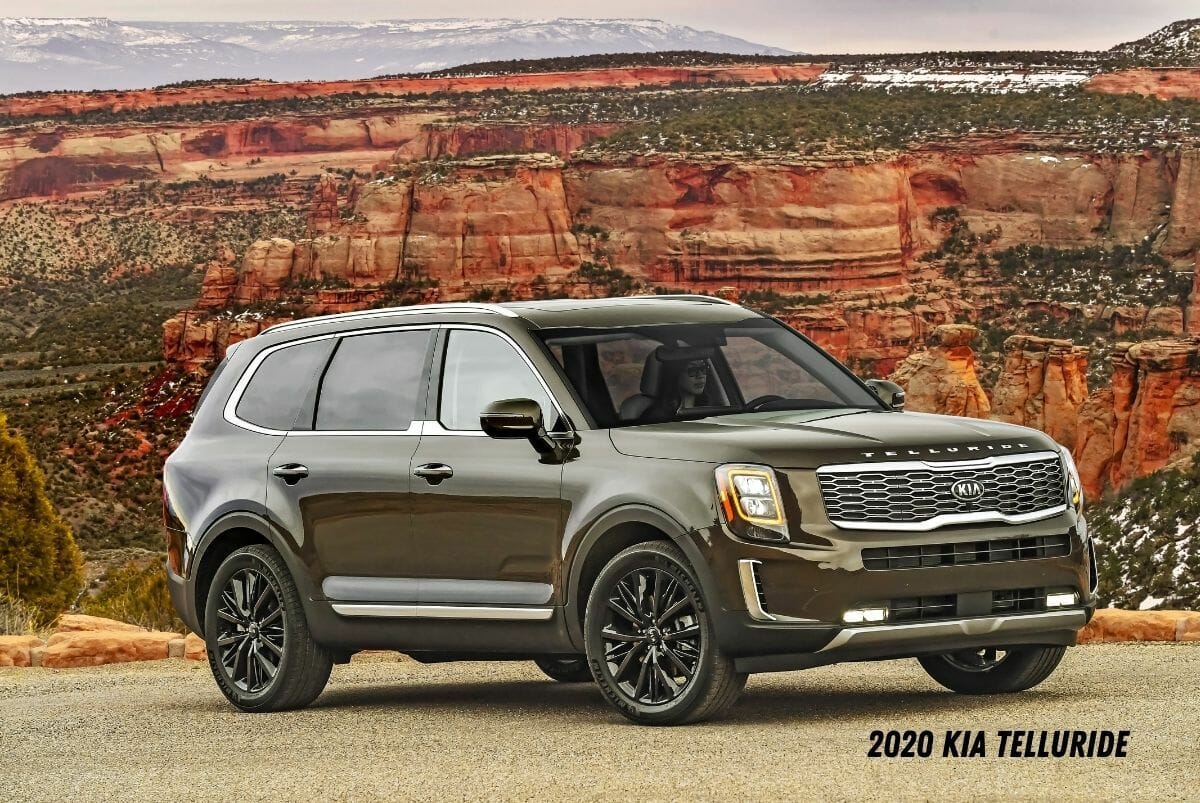
With the recent release of the Kia Seltos, an SUV that fits in the lineup between the Soul and the Sportage, the path of design and functionality clearly continues to be the mission Kia drives home. The Telluride and the Kia Seltos were in their first-generation when they won their first car awards, which speaks to the brighter direction this South Korean manufacturer is moving toward.
So, Is Kia a Good Option when Considering a New or Pre-Owned Vehicle?

Since its launch in 1944, Kia has been met with a cacophony of challenges yet continued to persevere. The automaker hasn’t been perfect and it hasn’t been void of mistakes, but Kia has become renowned as a reliable, reputable car brand, and then some.
When broken down “Ki” means “arise” and “A” refers to Asia. Kia literally means “to rise from Asia,” which is fitting since its rise has been meteoric and now Kia is one of the largest automobile manufacturers in the world. And Kia’s vehicles are definitely on our list of cars to consider when buying a new or pre-owned vehicle.
